From April 03, 2025 to April 06, 2025
Grand Palais, 7 avenue Winston Churchill, 75008 Paris, France

Zena Assi, Humming Birds Over My City, 2022, Mixed Media on Canvas, 90 cm x 160 cm
Zena Assi's work "Humming Birds over my City" (2022) is part of the "Out of Bounds" selection by curator Simon Lamunière
VIP (By Invitation Only)
Wed, April 2, 2025: 11am – 9pm
Public Opening Hours
Thurs, April 3, 2025: 12pm – 8pm
Fri, April 4, 2025: 12pm – 9pm
Sat, April 5, 2025: 12pm – 8pm
Sun, April 6, 2025: 12pm – 7pm
Abed Al Kadiri’s (b.1984, Lebanon) ongoing project, “The Story of the Rubber Tree,” is a poignant exploration of Beirut’s abandoned houses, overtaken by resilient rubber trees. Through painting, sculpture, and video, Al Kadiri captures the intimate histories embedded within these decaying structures, juxtaposing moments of utopia, labor, and isolation. The rubber tree, a symbol of both nature’s resilience and the passage of time, witnesses the transformation of these spaces, reflecting the broader socio-economic shifts in Beirut. Al Kadiri’s work navigates themes of violence, cultural heritage, migration, and belonging, using the narrative of a single family’s home as a microcosm of the city’s broader historical and social changes.
Anas Albraehe (b.1991, Syria) offers a tranquil respite through his vibrant portraits of sleeping figures. These works, depicting laborers and refugees in moments of rest, combine bold colors and abstract patterns to create a sense of peaceful escape. Albraehe’s paintings emphasize the restorative power of sleep and the quiet beauty of everyday life, drawing inspiration from the landscapes of Syria and Lebanon. His compositions blur the line between figure and ground, suggesting a harmonious coexistence between humans and their natural surroundings. The artist’s focus on the intimate and the personal underscores the universality of the search for peace and belonging.
Zena Assi (b.1974, Lebanon) portrays the city of Beirut through a kaleidoscopic lens, capturing the chaotic essence of urban life in her layered, Tetris-like cityscapes. Her work, devoid of traditional depth or perspective, uses repetitive architectural elements to create a dense, flat visual field. This approach mirrors the city’s perpetual cycle of conflict, destruction, and reconstruction, highlighting issues of migration and the ephemeral nature of memories in a constantly changing urban landscape. Zena’s art serves as a record of contemporary societal shifts, exploring the impact of ideology, geography and politics on the individual’s relationship with their surroundings.
Tamara Haddad’s (b. 1982, Lebanon) work is focused on physical transformations that the earth is enduring nowadays, mainly caused by mankind’s actions. She focuses on the changes that affect the earth’s landscapes and its geology, showing scars, but at the same time, she insists on revealing the beauty and the variety of colors and textures that Earth owns. Having a deep concern about the environment, she uses natural materials such as sand, bark, straw, pebbles, and branches, along with oil paint, in her process.
Abdul Rahman Katanani (b.1983, Lebanon) draws on his experiences growing up in the Sabra refugee camp, using materials like corrugated metal and discarded objects to create poignant sculptures. His art captures the resilience and creativity of camp residents, particularly children, who find joy in crafting toys from trash. Katanani’s work addresses themes of displacement, borders, and freedom, emphasizing the fluidity of identity and the human capacity for hope amidst adversity. His use of humble materials reflects a deep connection to his roots, transforming everyday objects into powerful symbols of resistance and resilience.
Urs Lüthi’s (b.1947, Switzerland) self-portrait “How to get comfortable in an uncomfortable world” traverses a Kafkaesque landscape, where the artist’s own image becomes a site of introspection and transformation. Lüthi challenges conventional notions of identity and self-representation, exploring the tension between the individual’s internal world and external reality. His works oscillate between hope and despair, comfort and discomfort, inviting viewers to confront their own experiences of aging, vulnerability, and the search for meaning in an unstable world. Through his nuanced portrayal of the self, Lüthi offers a space for contemplation and emotional resonance, encouraging a deeper understanding of the complexities of human existence.
In Zad Moultaka’s (b.1967, Lebanon) “Reliquien,” the artist constructs a sensory journey into humanity’s ancient roots. Through a combination of spatial, sculptural, pictorial, and sonic elements, Moultaka evokes a primordial connection to the natural world. His installation, featuring engravings and panels that resemble ancient cave symbols, explores the transition from instinctual to conscious understanding. The central steles, each with a distinct voice, resonate with the echoes of human history, creating a poetic dialogue between the past and present. Zad’s work celebrates the enduring power of art and myth as vessels of collective memory and imagination.
Michelangelo Pistoletto (b.1933, Italy), a pioneering figure in the exploration of mirrors, presents “Pozzo” mirrors, installations that challenge the boundaries between artwork, viewer, and environment. By placing mirrors on the floor, Pistoletto transforms the viewer into an active participant, engaging with the infinite reflections that the mirrors generate. This interaction blurs the borders between reality and illusion, inviting contemplation on the nature of existence and the endless possibilities of perception. Pistoletto’s work transcends the physical confines of the mirror, expanding into a broader philosophical inquiry about the nature of art and reality.
Artists
Anas Albraehe
Abdul Rahman Katanani
Zad Moultaka
Michelangelo Pistoletto
Artfair
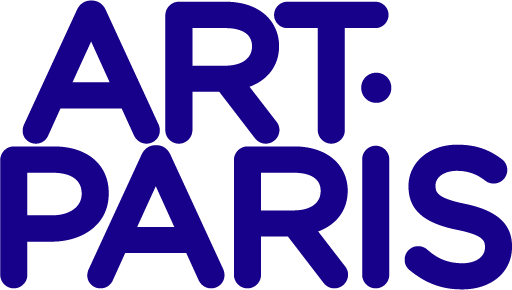
Image Gallery
Galerie Tanit
Booth D5
ART PARIS 2025
Exhibition View
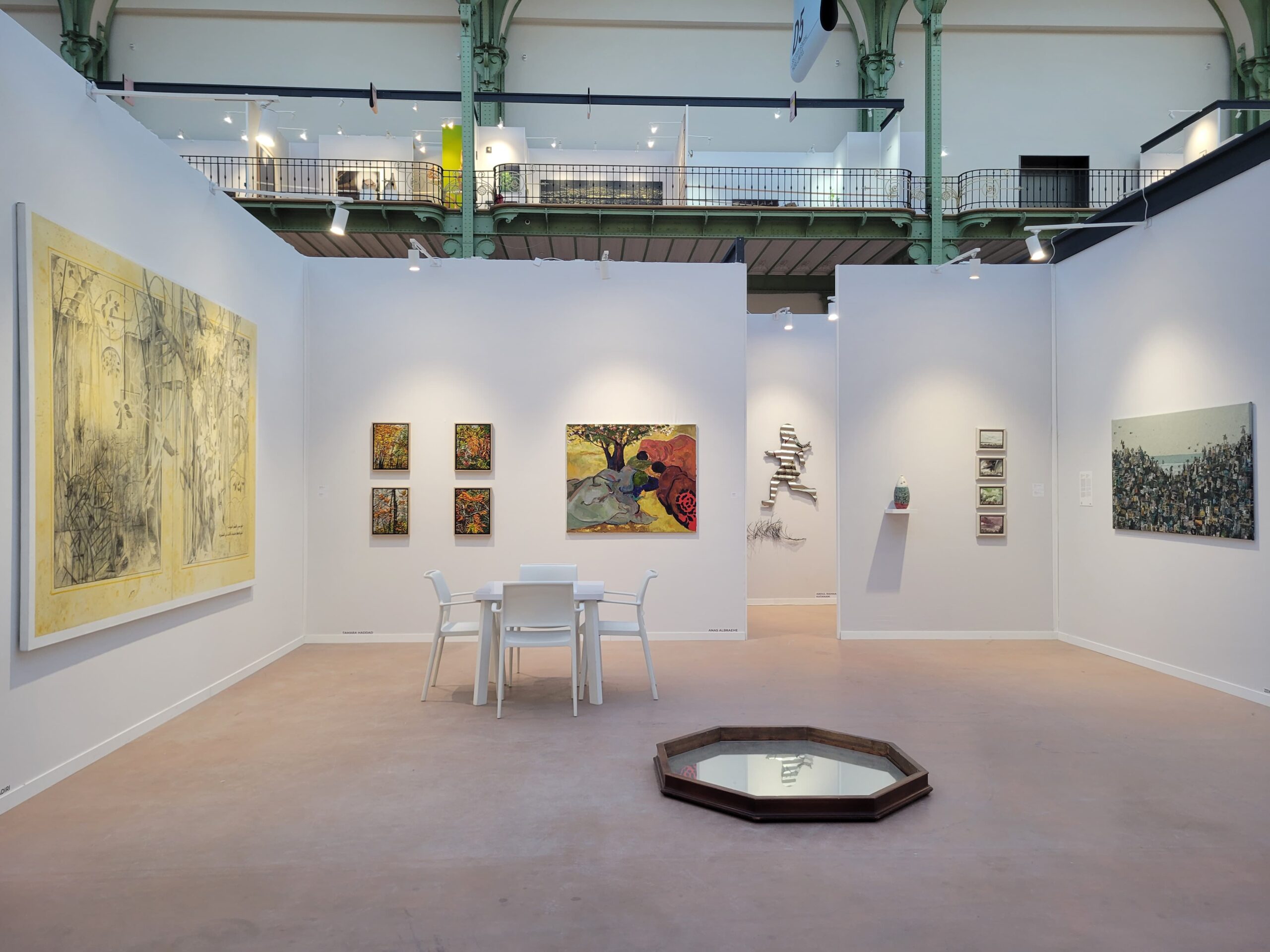
Abdul Rahman Katanani
Flower Field
2013
Corrugated iron, Aluminum, Bottle Caps, Nails and Barbed Wire
Girl: 100 cm x 68 cm x 8 cm; Grass: 57 cm x 170 cm x 14 cm
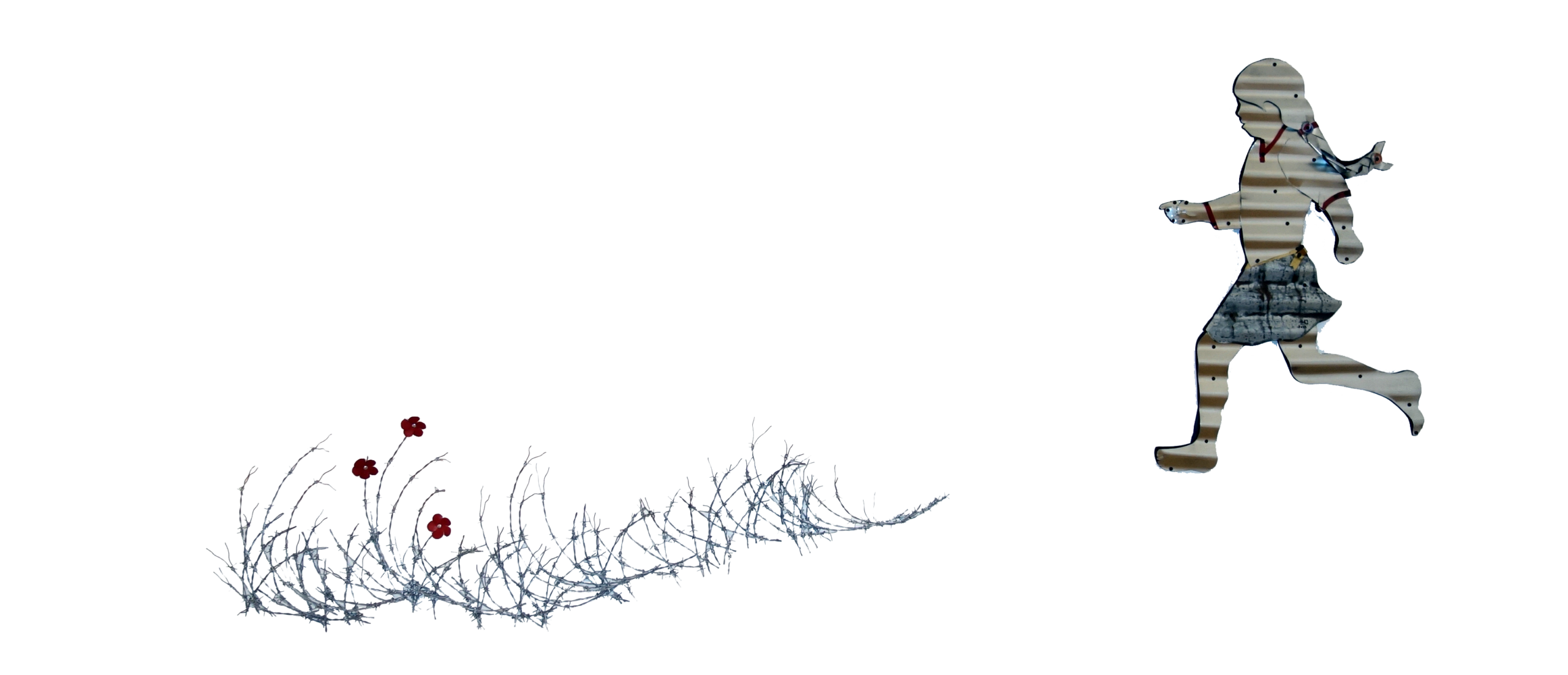
Abed Al Kadiri
The Story of the Rubber Tree
2017-2018
Oil and Pencil on Canvas
200 cm x 300 cm
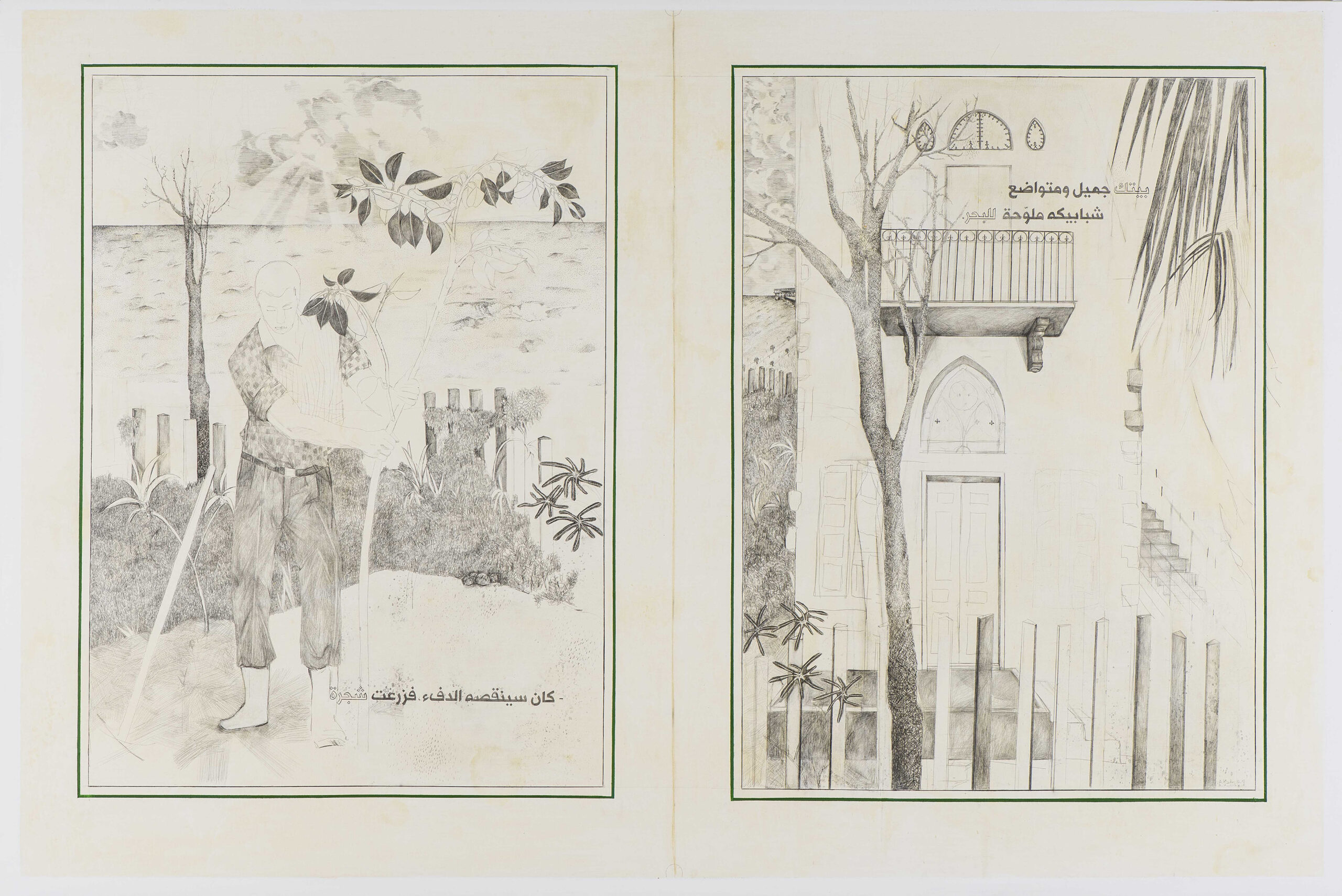
Abed Al Kadiri
Sunset 1
2024-2025
Oil, Charcoal and Pastel on Canvas, Mounted on Board
22 cm x 27 cm

Abed Al Kadiri
Sunset 3
2024-2025
Oil, Charcoal and Pastel on Canvas, Mounted on Board
22 cm x 27 cm

Anas Albraehe
Untitled
2021
Oil on Canvas
100 cm x 120 cm
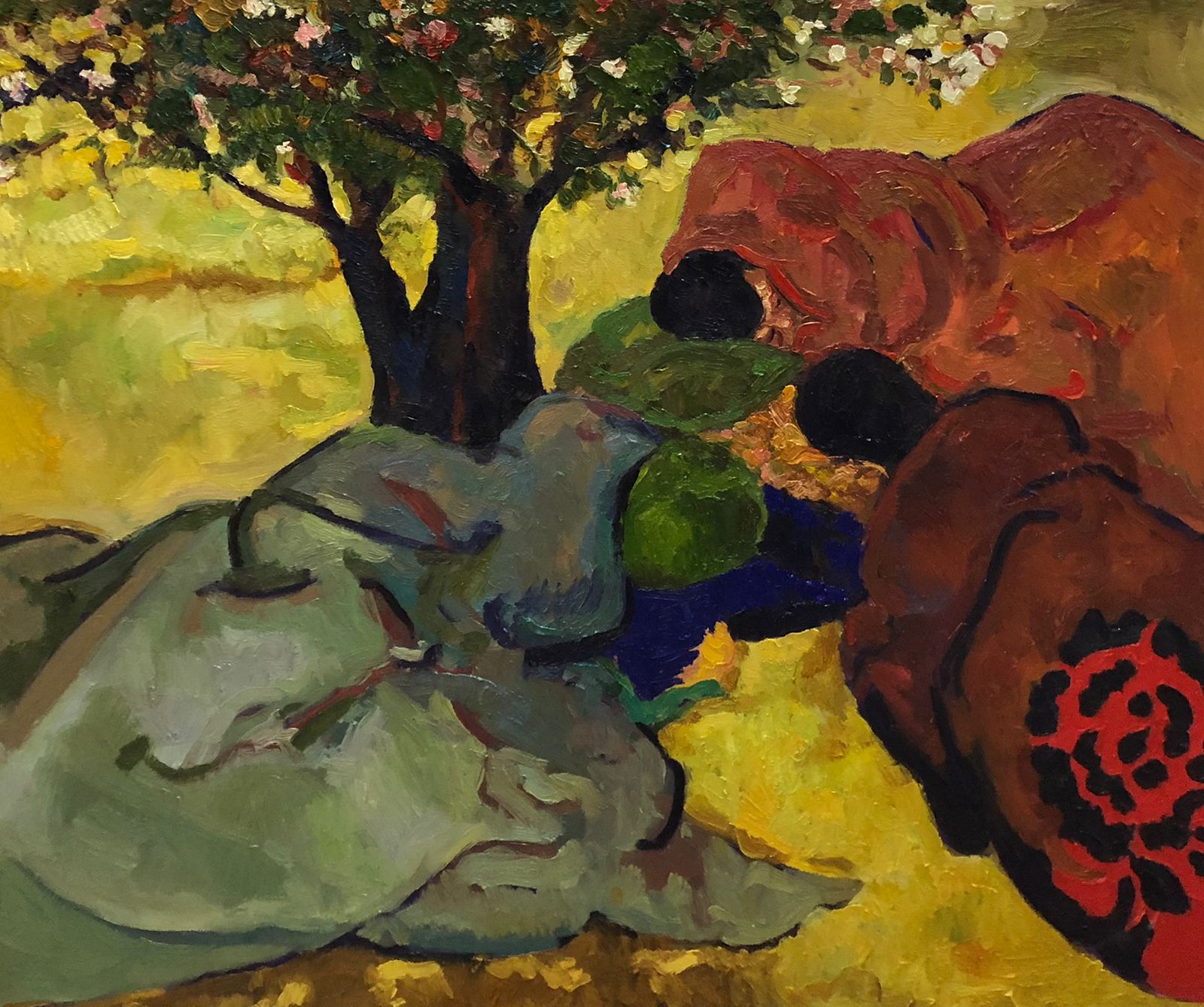
Michelangelo Pistoletto
About the Mirror - Vitrail
1996
Framed Mirror, stone slab
200 cm x 125 cm
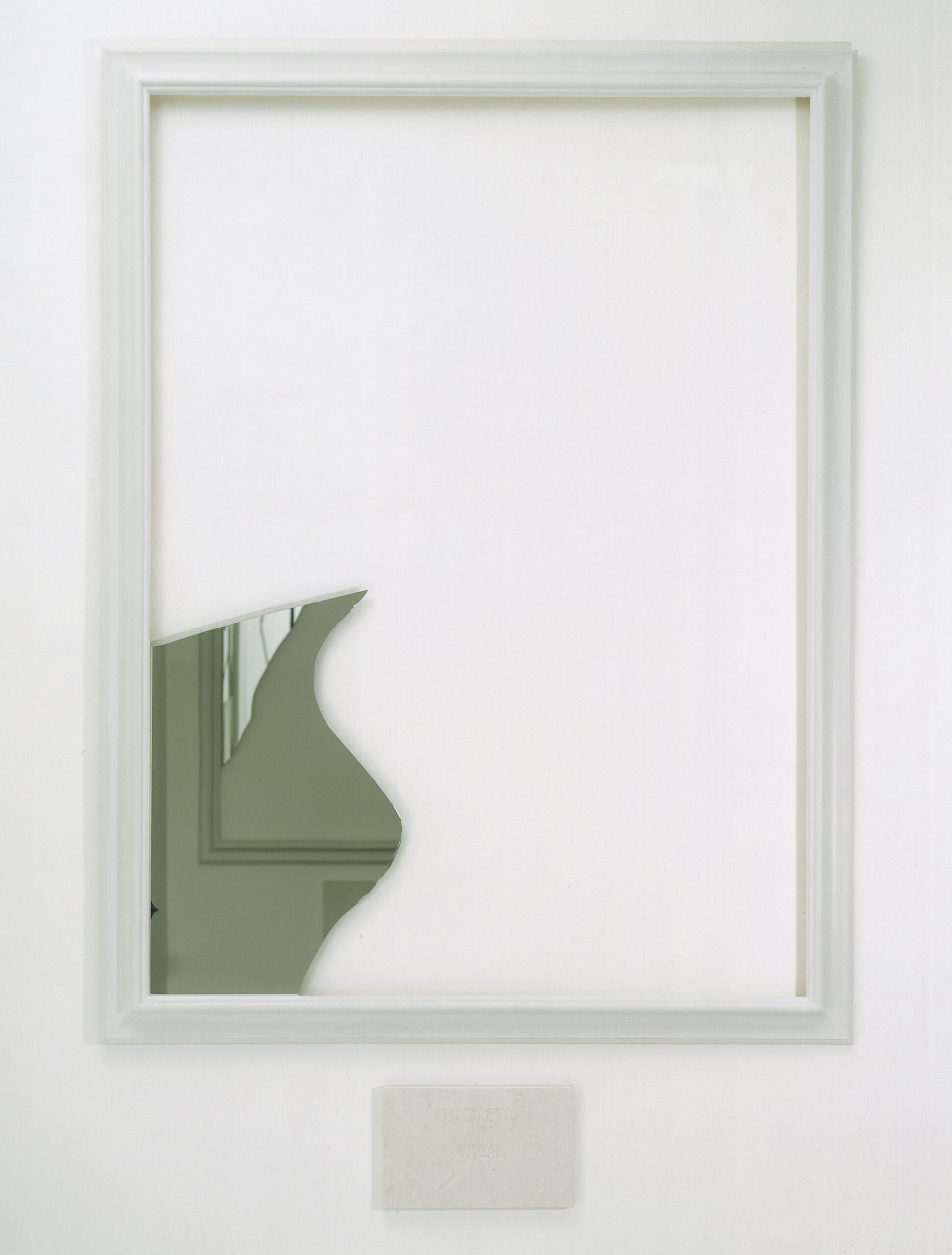
Michelangelo Pistoletto
Untitled (Pozzi)
1976-1990
Framed Mirror
ø ca. 110 cm

Michelangelo Pistoletto
About the Mirror - L'Arte Assume la Religione
1996
Framed Mirror, stone slab
200 cm x 125 cm
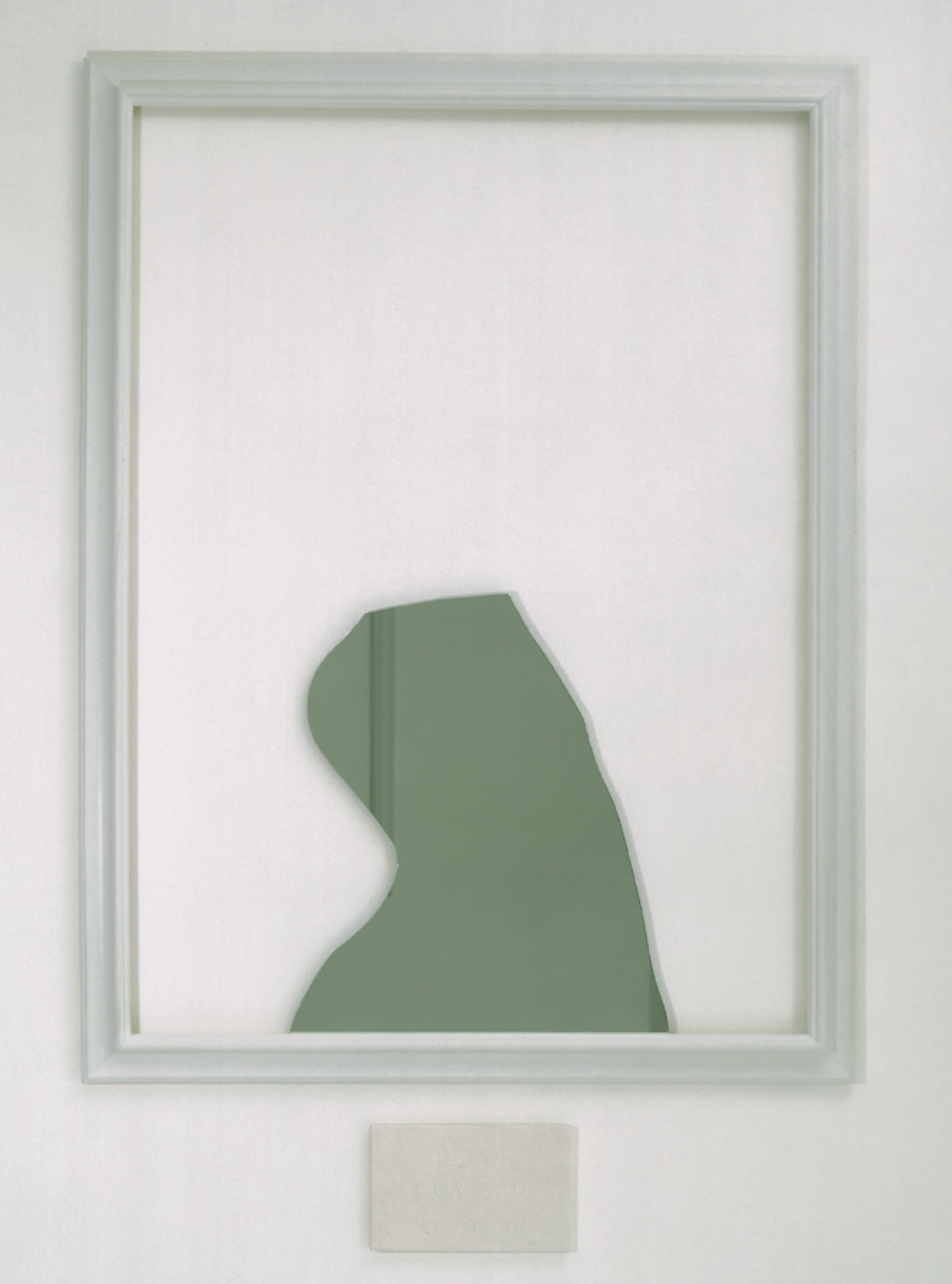
Tamara Haddad
Arz Jaj I
2025
Mixed Media on Canvas
40 cm x 30 cm
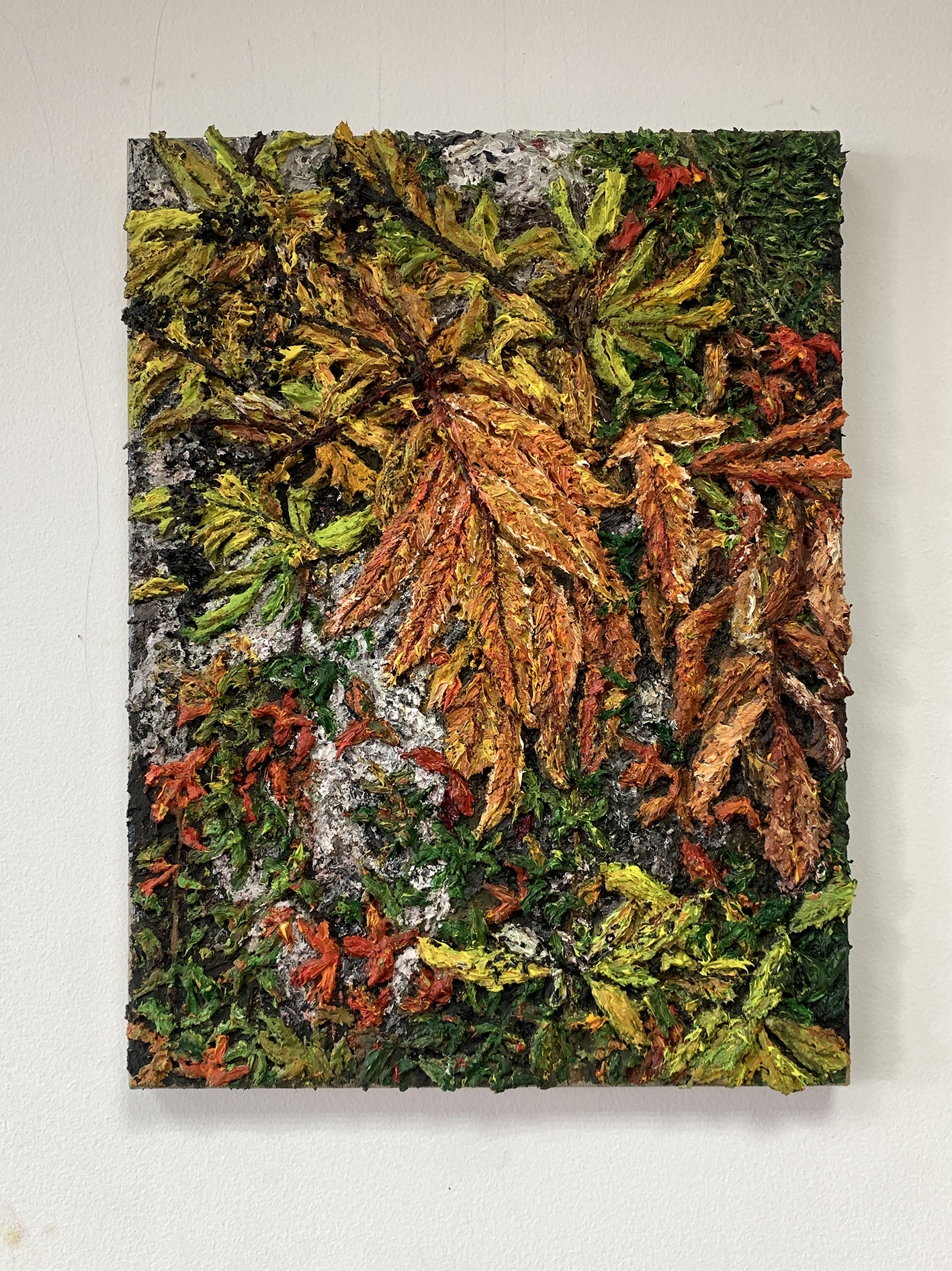
Tamara Haddad
Arz Jaj III
2025
Mixed Media on Canvas
40 cm x 30 cm
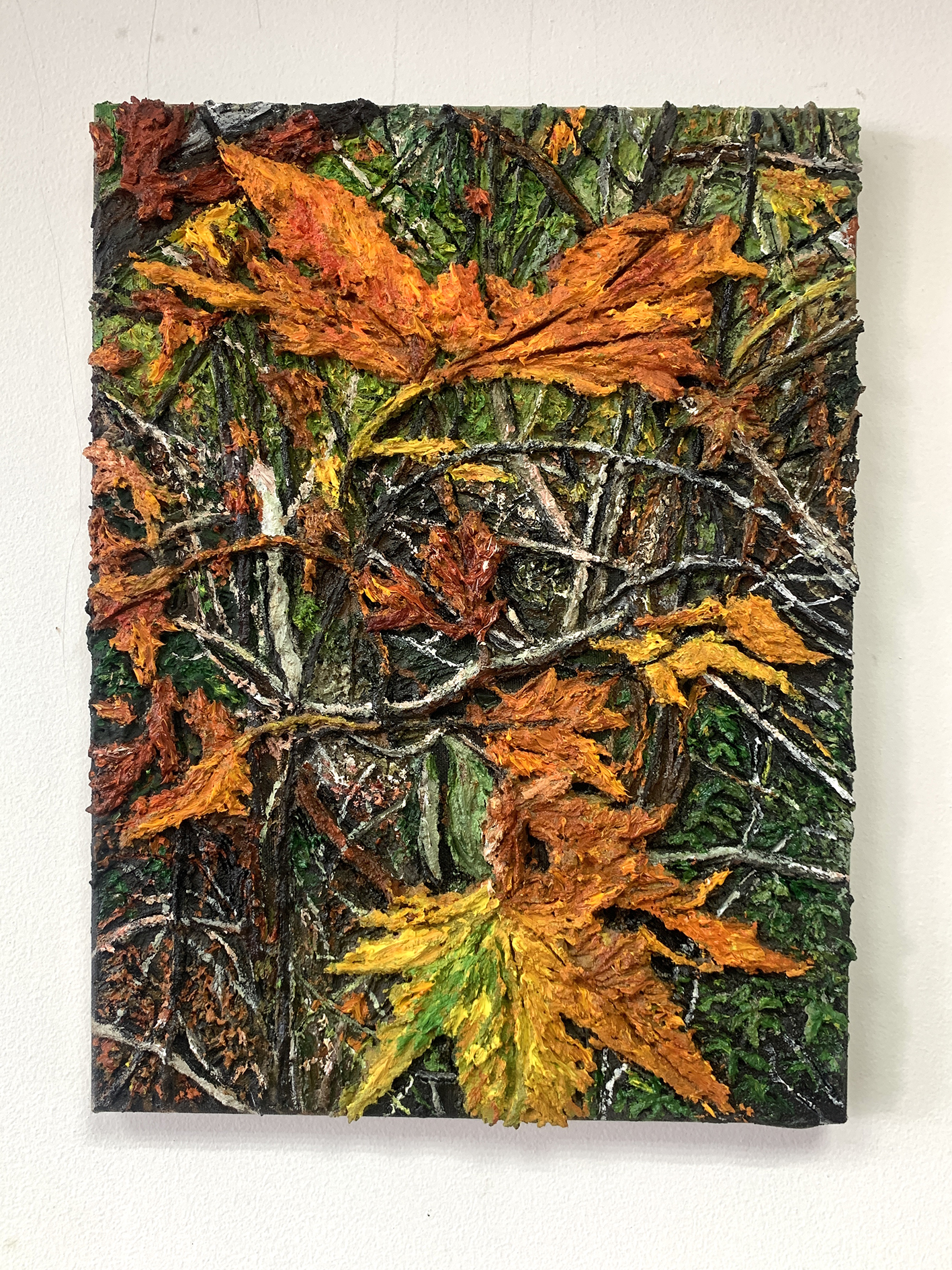
Tamara Haddad
Jabal Moussa II
2025
Mixed Media on Canvas
40 cm x 30cm
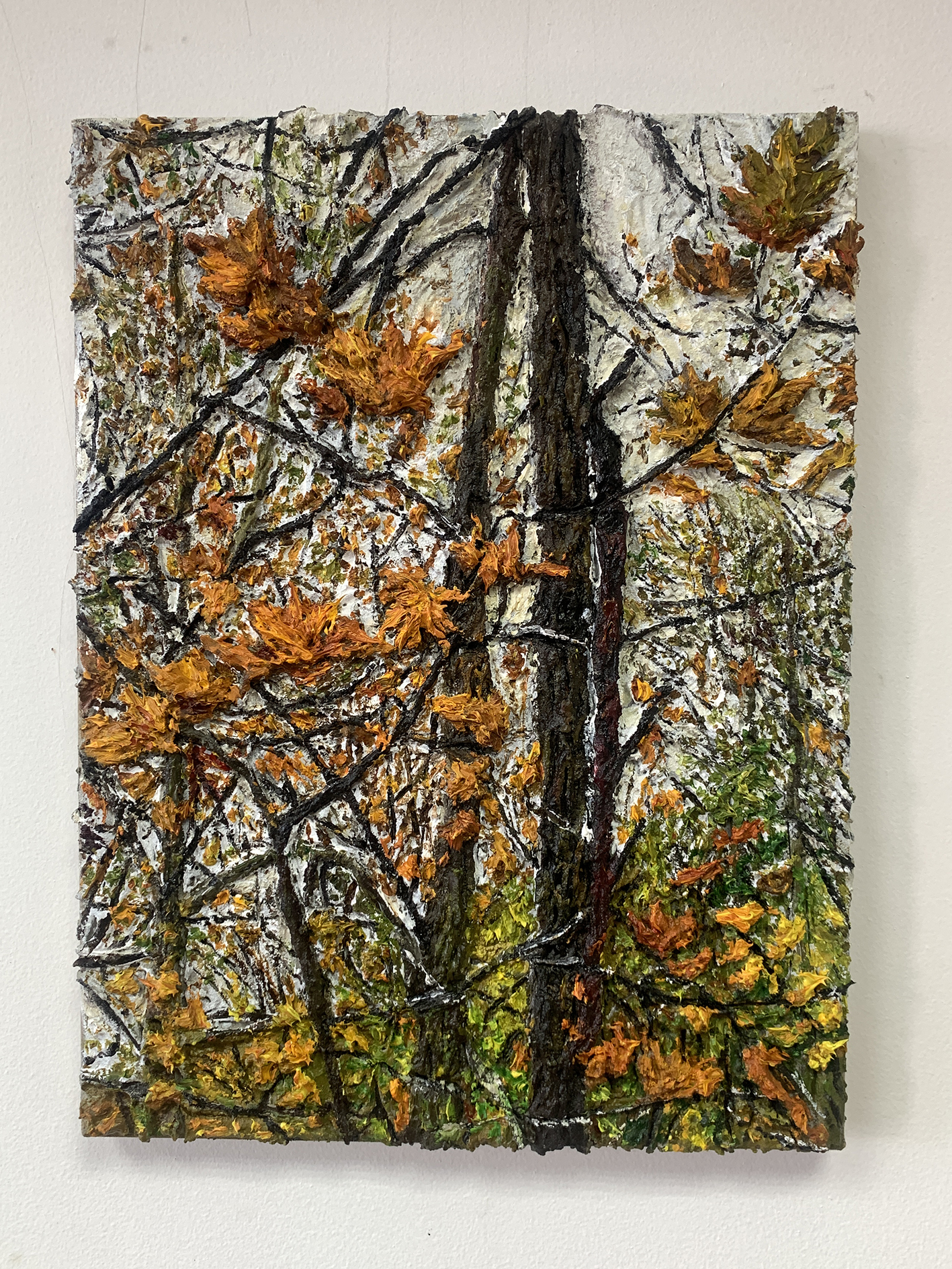
Tamara Haddad
Jabal Moussa III
2025
Mixed Media on Canvas
40 cm x 30 cm
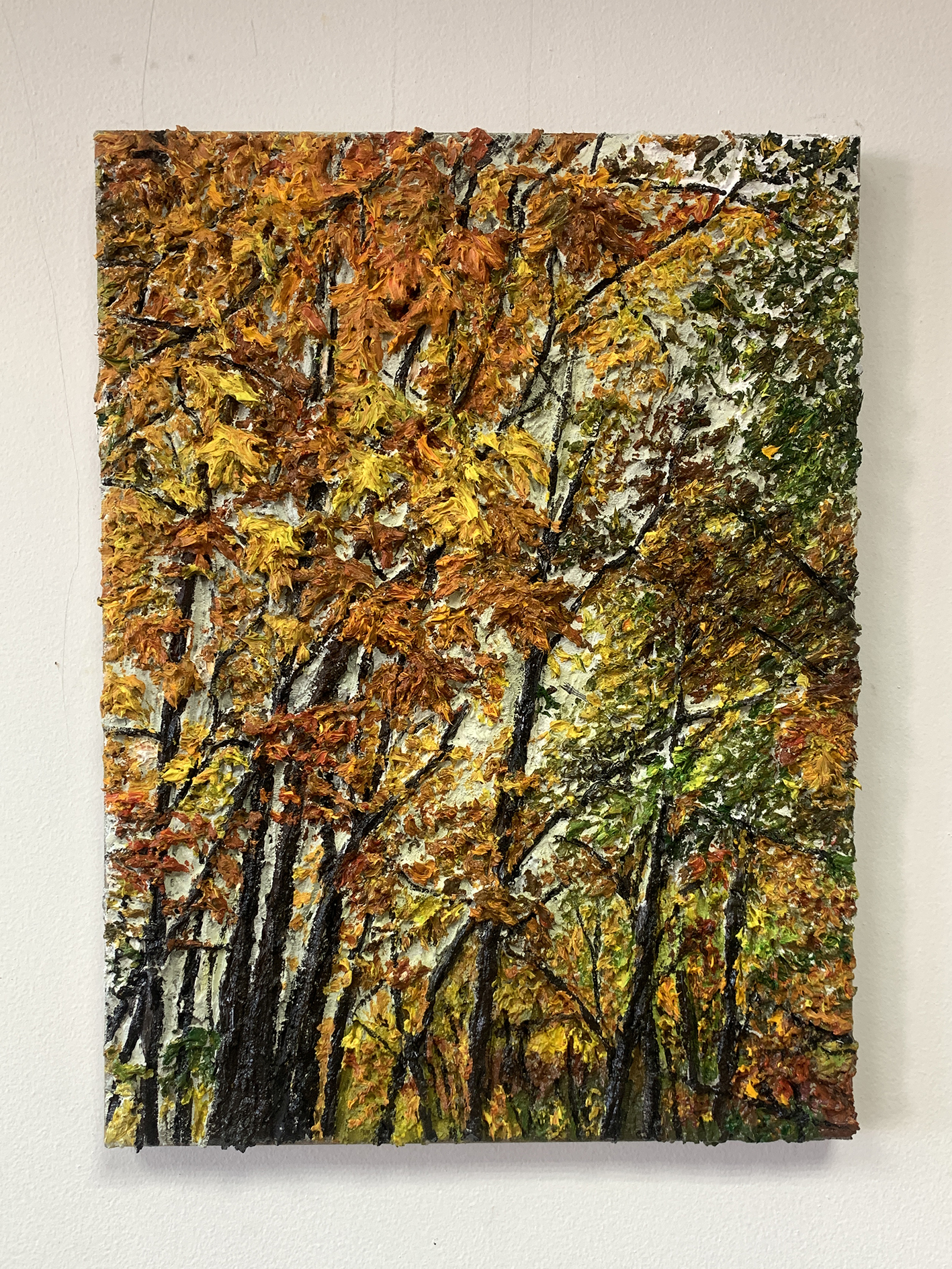
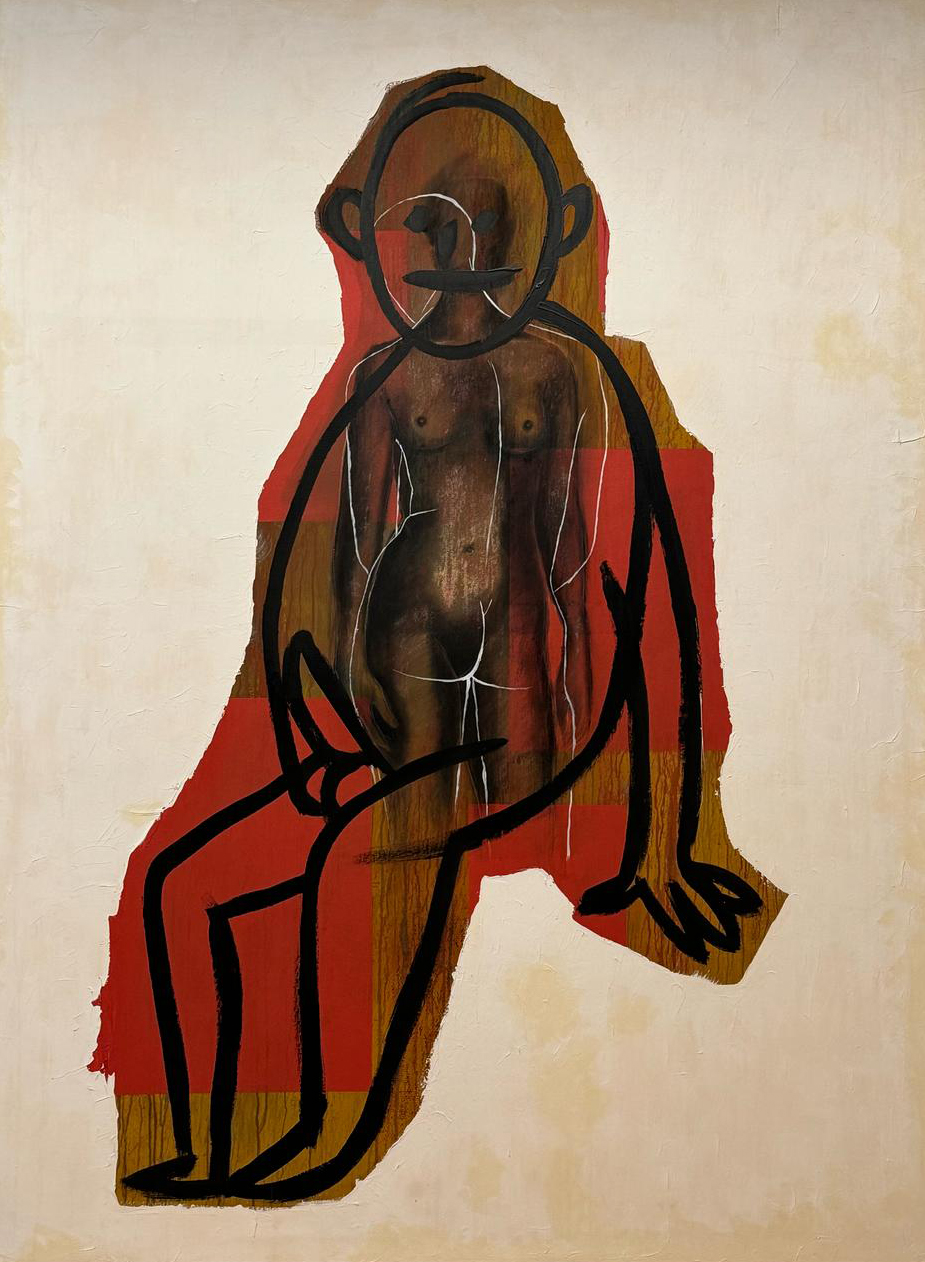
Urs Lüthi
Self-Portrait from the series Gefühle, N°10
1985
Oil on Canvas
200 cm x 150 cm

Zad Moultaka
Booth D5
ART PARIS 2025
Reliquien - Installation
Exhibition View

Zad Moultaka
Palimpsest 4
2022
Etching, Framed
80 cm x 60 cm
Edition 1 of 3

Zad Moultaka
Palimpsest 9
2022
Etching, Framed
80 cm x 60 cm
Edition 1 of 3
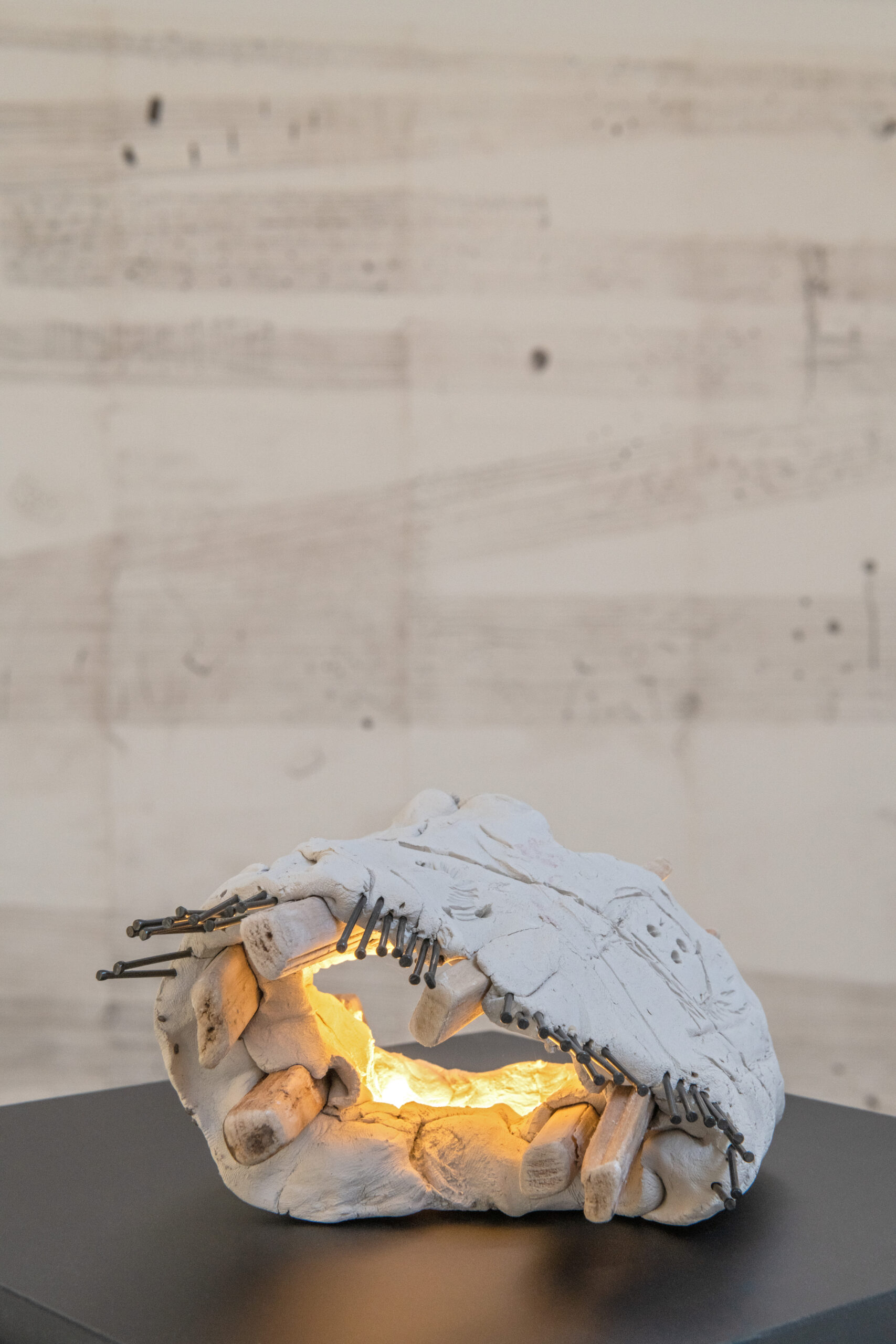
Zad Moultaka
Reliquien 3
2022
Mixed Media Sculpture
51 cm x 50 cm

Zad Moultaka
Reliquien 4
2022
Mixed Media Sculpture
50 cm x 50 cm

Zena Assi
Study of a Cloud after Turner #2
2022-2023
Mixed Media on Canvas
15 cm x 20 cm (unframed) / 22.5 cm x 27 cm (framed)
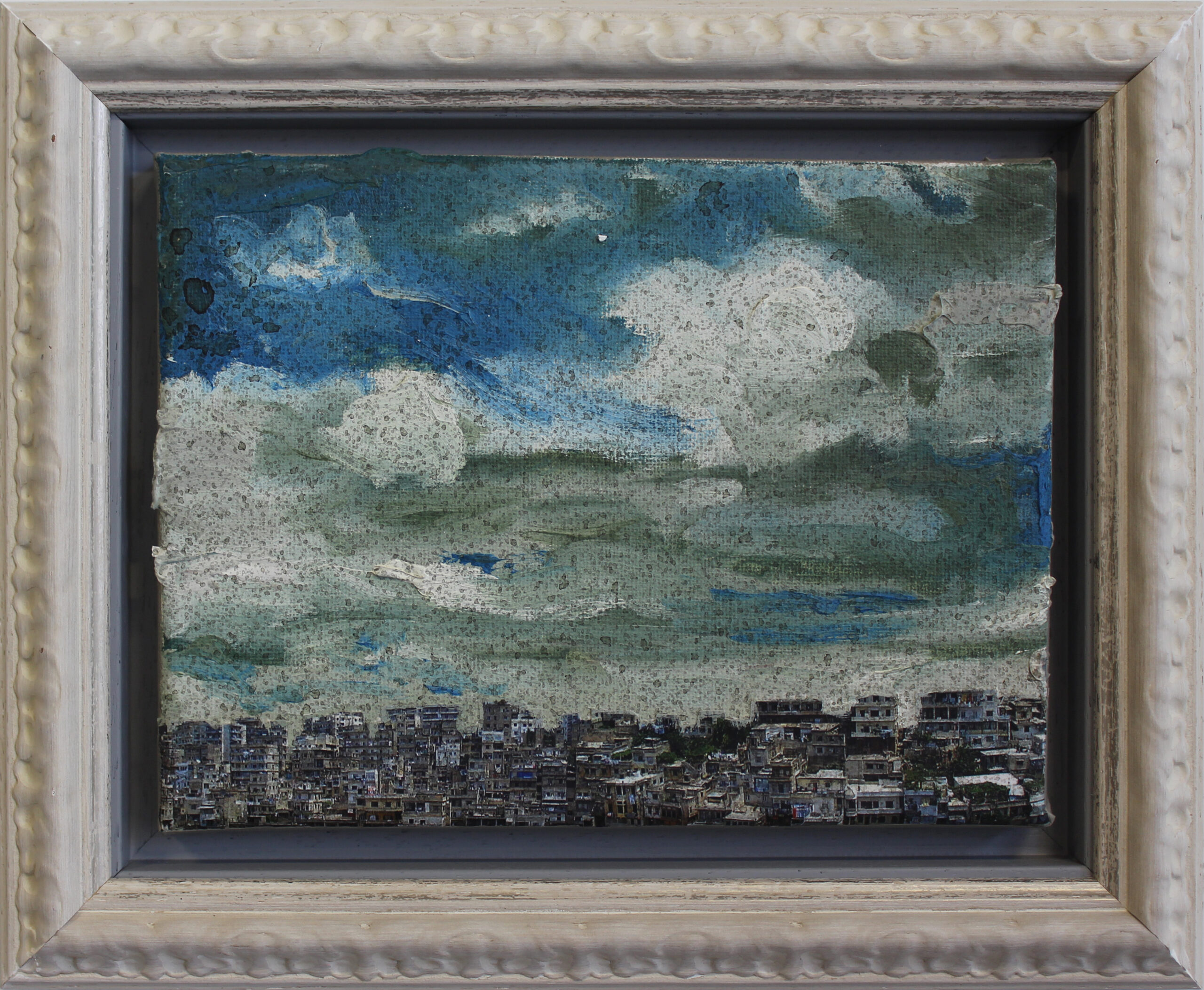
Zena Assi
Study of a Cloud after Constable #7
2022-2023
Mixed Media on Canvas
15 cm x 20 cm (unframed) / 22.5 cm x 27 cm (framed)

Zena Assi
Study of a Cloud after Constable #10
2022-2023
Mixed Media on Canvas
15 cm x 20 cm (unframed) / 22.5 cm x 27 cm (framed)

Zena Assi
Study of a Cloud after Constable #31
2022-2023
Mixed Media on Canvas
15 cm x 20 cm (unframed) / 22.5 cm x 27 cm (framed)
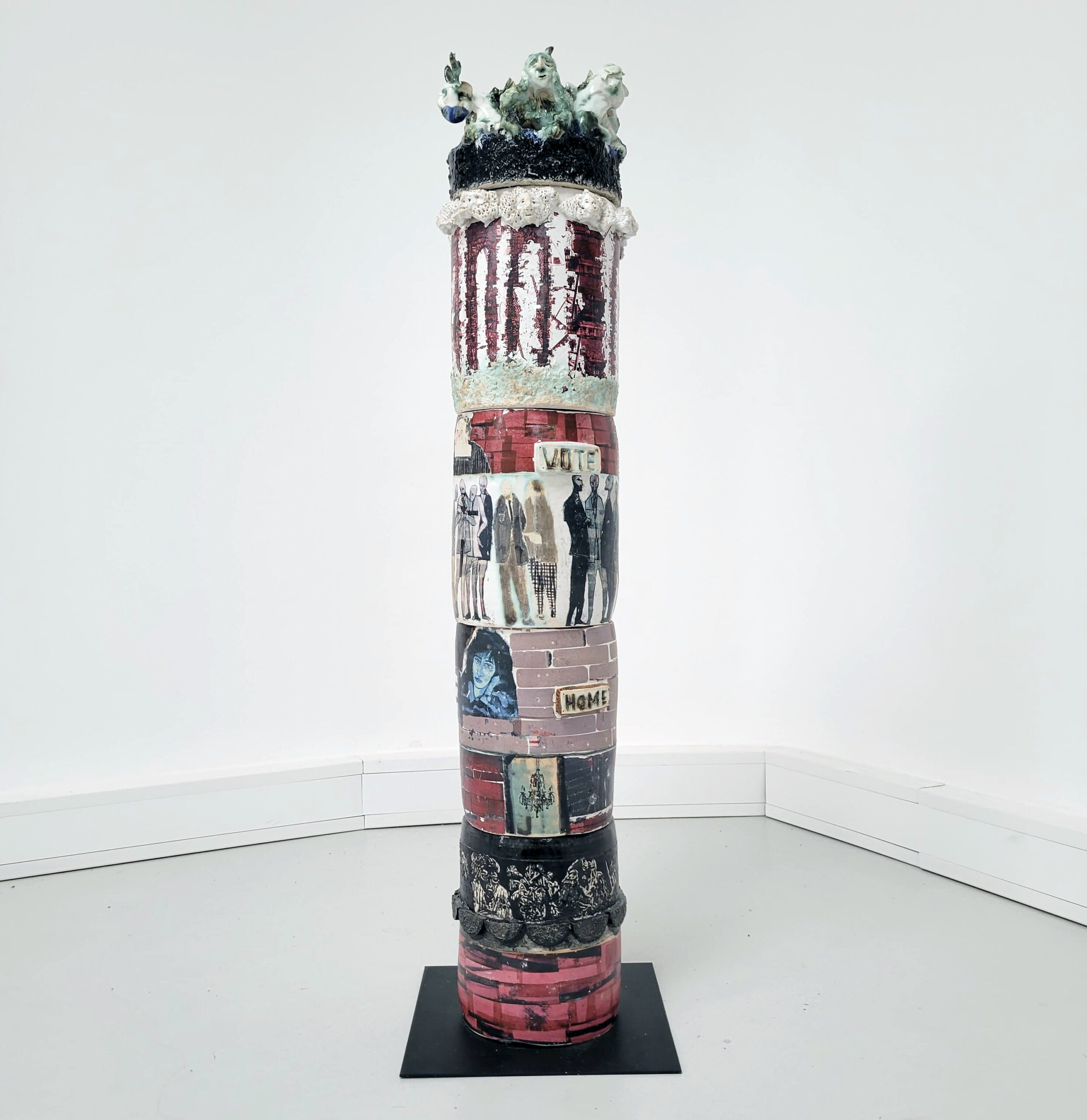
Zena Assi
Column
2023
Hand-Built Ceramic with Glaze and Transfer on Metal Stand
115 cm x 30 cm x 30 cm
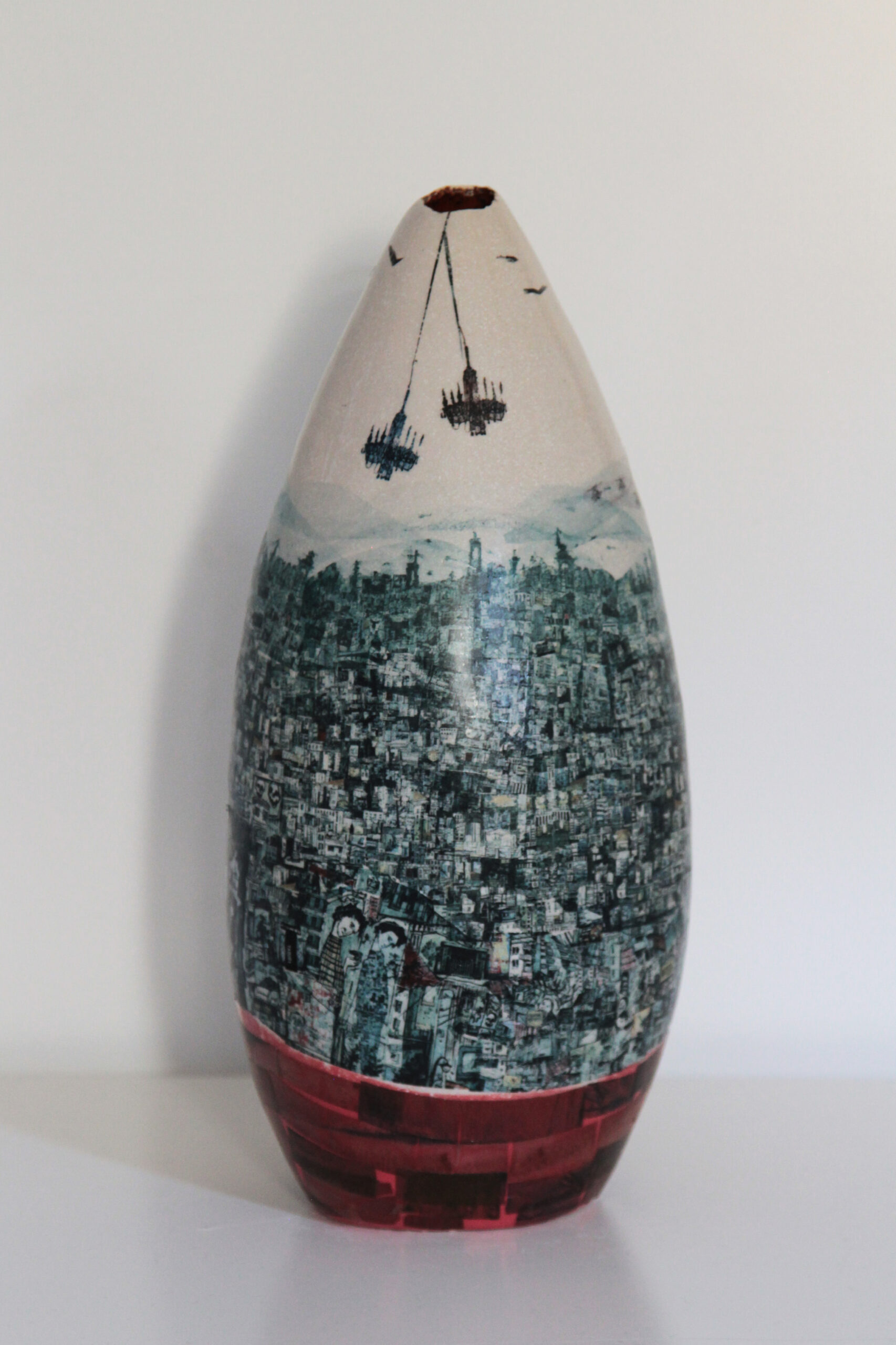
Zena Assi
My City on a Red Brick Wall
2022
Hand-Built Ceramic with Glaze and Transfer
30 cmx 13 cm x 14 cm

Galerie Tanit
Booth D5
ART PARIS 2025
Exhibition View
Subscribe to our newsletter for ongoing updates on our artists and exhibitions
